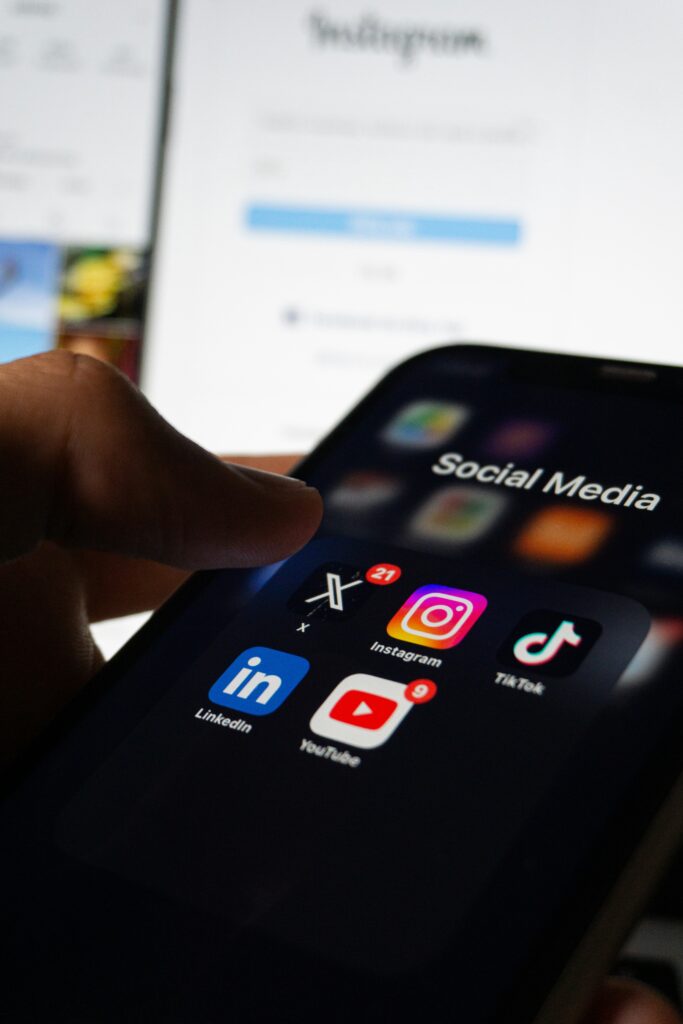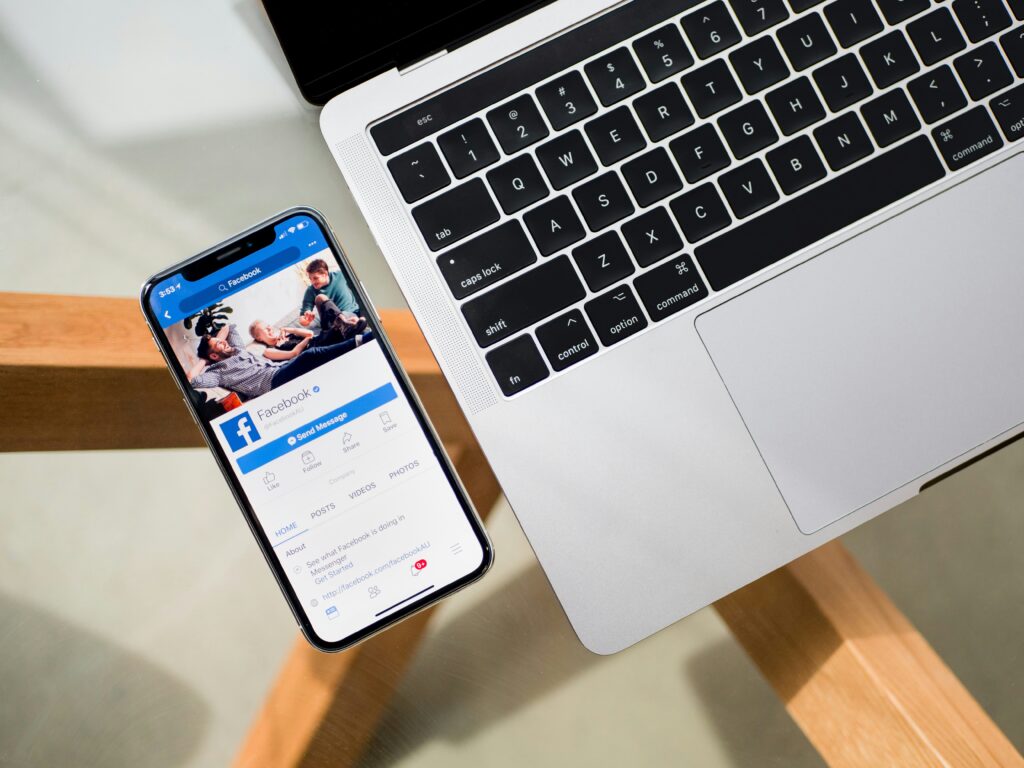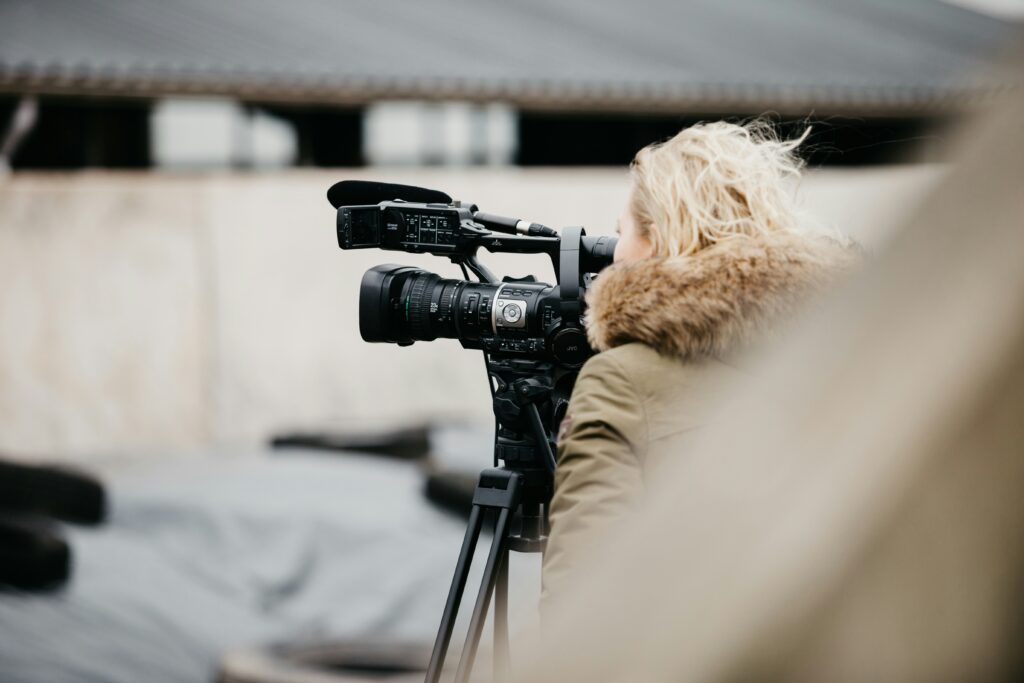Public relations continues to evolve, yet one element remains at the heart of every successful PR strategy.
Media relations continues to be the cornerstone of PR because it builds credibility, amplifies visibility and shapes how your organisation is perceived. While digital tools and AI-driven platforms are changing how stories are shared, trusted media coverage continues to carry huge credibility and weight.
You gain more than publicity when you secure strong media relationships. You establish authority, open doors to new opportunities and create long-term value for your brand. By working strategically with journalists and outlets, you ensure your story reaches the right audiences in a way that feels credible and lasting.
This article explores why media relations remain vital, how you can strengthen those connections, and how to integrate them with modern digital PR strategies. From building sustainable partnerships to measuring impact, you will see how a well-planned approach to media relations can drive meaningful results for your organisation.
The enduring value of media relations in public relations
Media relations strengthens your visibility, builds credibility, and shapes how your brand is perceived. By working strategically with journalists, editors and media outlets, you can secure earned media that supports your wider PR goals and enhances your reputation in meaningful ways.
The role of media outlets and earned media
Media outlets remain central to how information is shared, even in a fragmented digital landscape. Securing earned media – coverage you do not pay for – provides third-party validation that strengthens your authority and influence.
When your story appears in a respected publication, it carries more weight than an advert or a company blog. That credibility comes from the perception that an independent journalist found your story newsworthy. This earned media acts as a powerful form of social proof in a crowded market.
To maximise value, share your earned coverage across social channels, feature it on your website and use it in newsletters. By amplifying earned media, you extend its reach and ensure it continues to support your PR objectives long after publication.
Media coverage and its impact on brand reputation
Positive media coverage can directly influence how stakeholders view your brand. A well-placed article, interview or broadcast feature can position you as a thought leader, attract new customers and strengthen loyalty among existing ones.
Media coverage also provides a buffer in times of crisis. If you already have a track record of balanced, credible representation in the press, it can mitigate the impact of internal crises or negative coverage.
However, coverage is not guaranteed, and competition for attention is high. You need to offer insights that connect with wider issues, trends or industry debates and demonstrate your authority on those topics. Outlets such as trade publications, podcasts and newsletters often deliver more targeted and lasting impact than mainstream headlines, making them valuable platforms for shaping your brand reputation.
Building and sustaining strategic media relationships
Strong media relationships depend on clear communication, careful targeting and consistent value. Relationships should be a two-way street – coverage benefits your business and builds trust, while editors and journalists get access to sector expertise and insights for their content.
Effective media outreach and targeting
Successful media outreach begins with precision. Instead of sending mass emails, you need a media list that aligns with your industry and audience. Researching each journalist’s content style, specialisms and past coverage ensures your pitch is relevant.
Using a media contacts database keeps your lists updated. This helps you avoid wasted effort and ensures your messages reach the right people at the right time. 50% of journalists receive over 50 pitches a week, while one in five receive over 100, so tailoring yours is essential.
Think beyond email too. Engaging with journalists on LinkedIn or at industry events adds a personal touch and helps you stand out more than you would in a likely overflowing inbox.
Developing and managing media contacts
Once you establish initial contact, managing those relationships is key. A centralised media contacts database allows you to track interactions, preferences and deadlines. This avoids duplication and ensures your messages remain consistent.
Segmenting your media lists by topic, outlet size or geography makes it easier to tailor updates and avoid overwhelming journalists with irrelevant information.
Building trust takes time. Share accurate information, respond quickly to queries and respect editorial independence. Credibility and reliability are the foundations of long-term media partnerships.
To maintain a strong relationship, it’s a good idea to keep in touch even when you don’t have a story to pitch. Commenting on their work, sharing useful insights or inviting them to informal briefings helps you maintain visibility without being intrusive.
Creating media kits and editorial calendars
A media kit provides journalists with everything they need in one place. Include your company background, leadership bios, product details, high-resolution images and recent press releases. This saves journalists time and reduces back-and-forth requests.
Pair your kit with an editorial calendar that maps out upcoming announcements, seasonal campaigns and industry events. This allows you to plan outreach in advance and align with publication schedules.
For example, if you know a trade magazine runs a sustainability feature each spring, you can prepare relevant content months ahead. Anticipating editorial needs increases your chances of coverage.
Keep your kits updated and ensure your calendar is accessible to your senior team. This creates a structured, proactive approach that supports consistent and timely media engagement.
Save time with an established PR consultancy
Identifying relevant contacts, building a media database and maintaining contacts with journalists, editors and industry experts is time-consuming. Many marketing professionals, especially those not working in PR full-time, don’t necessarily have the time for this continuous relationship-building.
That’s when an established PR agency like Polymedia can make the difference in your PR strategy. We have the expertise and the resources to build media databases relevant to your business and your strategy. We’ve spent years building relationships with contacts across many sectors, including retail, travel and tourism and professional services. This means instead of building relationships from scratch, you can tap into our existing connections to secure coverage.
Integrating media relations with modern digital PR strategies
Connecting traditional media relations with digital-first tactics helps you stay visible and credible. By combining journalist outreach with social media engagement, integrated media planning and narrative-driven content, you create campaigns that reach wider audiences while maintaining authority and trust.
Tapping into social media and online platforms

Social media outreach is a great way to reach journalists and editors with busy inboxes. Connecting with your most valued media partners on LinkedIn means you can follow what they’re working on, comment on their content and reach out to them with stories in a more personal manner.
Social media also allows you to extend the media coverage you do earn. When a journalist features your story, sharing it on your own channels ensures it reaches decision-makers and prospects who may not read the original outlet.
You can also build direct relationships with audiences on platforms like YouTube or TikTok. These channels provide opportunities to showcase thought leadership, product expertise or behind-the-scenes insights in a more engaging format.
Key strategies include:
- repurposing press coverage into short-form video or infographic posts
- partnering with influencers or niche communities to spark conversations
- monitoring engagement metrics to refine your outreach.
By aligning media relations with consistent social media marketing, you strengthen brand visibility and create a feedback loop where earned coverage drives digital engagement.
Blending paid, earned, shared and owned media (PESO Model©)
The PESO Model©, created by Gini Dietrich, helps you integrate traditional PR with digital PR. You can amplify earned media placements by sharing them across owned media channels such as your website, newsletters, social media channels and blog.
Paid media, such as sponsored LinkedIn posts or targeted online ads, ensures your coverage reaches the right audience segments. This is especially effective for B2B campaigns where precision targeting adds measurable value.
Example of PESO Model© in practice:
| Media type | Example | Benefit |
| Owned | Company blog | Control over message |
| Paid | Sponsored LinkedIn ad | Targeted reach |
| Earned | Journalist feature | Third-party credibility |
| Shared | Social media reposts | Wider engagement |
When you blend these elements strategically, your campaigns achieve both credibility and scale, making media relations more impactful in the digital ecosystem.
Digital storytelling and brand journalism
Digital storytelling enables you to frame your media coverage within a broader narrative. Instead of relying only on third-party articles, you can use brand journalism to create original stories that highlight your expertise, values and industry insights.
This might include case studies, podcasts or multimedia features that align with your PR goals. For example, a feature in a trade publication can be expanded into a video case study on your website, giving audiences multiple touchpoints with the same message.
Effective digital storytelling combines:
- clear, audience-focused narratives
- multimedia formats such as video, audio and interactive graphics
- integration with SEO and digital PR strategies to improve discoverability.
By adopting these methods, you ensure your media relations activity not only gains coverage but also fuels long-term brand visibility across online platforms.

Measuring success and navigating challenges in media relations
Strong media relations require clear measurement, proactive planning and the ability to adapt under pressure. You need reliable tools to track coverage, strategies to manage crises and careful timing to maximise the impact of your campaigns.
Media monitoring and tracking results
Media monitoring allows you to see where your brand appears, how often and in what context. Tracking mentions across print, broadcast and digital channels gives you a full picture of visibility.
Audience measurement tools help you go beyond simple media impressions. By analysing reach, sentiment and engagement, you can assess whether coverage supports your reputation management goals. This ensures you’re assessing the quality of your coverage as well as its breadth.
Consider using dashboards that combine media tracking and analytics in one place. These tools make it easier to compare results across campaigns, identify trends and report back to stakeholders with clear evidence of impact.
Managing media crises
When a media crisis hits, speed and clarity define your response. A strong crisis communication strategy helps you protect trust and limit reputational damage. You need clear protocols for who speaks, what they say and how you share information.
Strong media relationships can benefit you in times of crises. You may be able to reach out to your contacts to help secure coverage, or they may come to you for your side of the story when other outlets don’t.

Social media has also made crises more immediate. Negative stories spread quickly, so you must monitor channels in real time. This allows you to correct inaccuracies, issue statements and engage directly with concerned audiences.
Crisis management preparation is key. Draft holding statements in advance, train spokespeople and set up monitoring alerts. By doing so, you can act decisively and maintain control of the narrative rather than reacting too late.
Evaluating media campaigns and PR timing
The success of a media campaign depends not only on the message but also on timing. Poor PR timing can mean your story gets lost among bigger headlines, while well-planned timing ensures maximum visibility.
You should evaluate campaigns based on both short-term results and long-term impact. Look at media results such as coverage volume, sentiment, and key message penetration. Pair this with business outcomes like website traffic or sales uplift.
Regular reviews help you refine your approach. By aligning campaign timing with industry events, seasonal trends or product launches, you can increase relevance and secure stronger media engagement.
Frequently asked questions
Strong media relations help you build credibility, shape public perception and gain visibility in the right outlets. Success depends on the strength of your relationships with journalists and the quality of your campaigns. Here, we’ve answered some of the most commonly asked questions around modern media relations.
How can strong media relations enhance brand reputation?
When respected media outlets cover your organisation, you gain third-party credibility and a stamp of approval. Positive coverage shows your expertise and builds trust with stakeholders.
Strong media ties also help you manage challenges. Journalists who know your brand are more likely to present balanced perspectives during difficult moments.
What are the key components of an effective media relations strategy?
An effective strategy includes clear messaging, targeted media lists and personalised pitches. You need to understand each journalist’s audience and provide relevant, timely information.
Supporting content such as high-quality images, data and case studies strengthens your pitch and makes it easier for journalists to cover your story.
How does media relations differ from other forms of public relations?
Media relations focuses on building relationships with journalists and securing earned coverage. Other PR activities, such as events, influencer partnerships or internal communications, use different channels and goals.
The emphasis here is on credibility through independent voices rather than direct brand-controlled messages.
What role does digital media play in contemporary media relations campaigns?
Digital platforms have expanded the definition of media. You now need to engage with online outlets, podcasts, newsletters and influencers alongside traditional press.
Social media also acts as a real-time press release, allowing you to share updates quickly and directly with audiences while supporting journalist outreach.
What are the best practices for maintaining long-term relationships with journalists?
Consistency and respect are key. Stay in touch even when you don’t need coverage by sharing useful insights or acknowledging their published work.
Provide accurate information, meet deadlines and be transparent in your communication. Over time, this positions you as a trusted and reliable contact.


